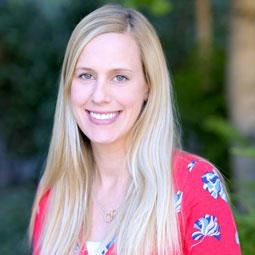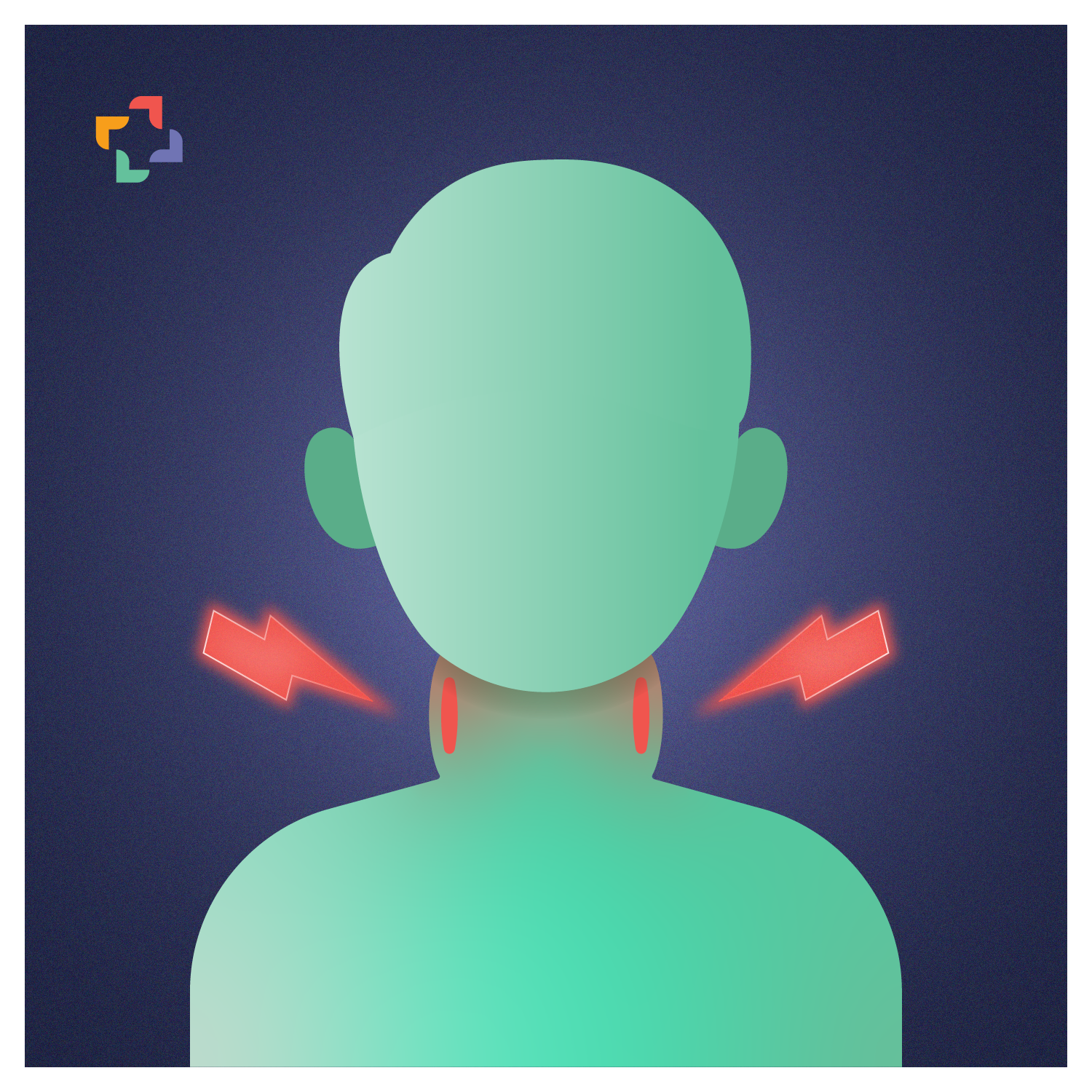Lymphadenopathy
Learning Objectives
At the end of this course, participants should be able to:
- Describe the differential diagnosis for lymphadenopathy in the pediatric patient
- Differentiate between benign and malignant causes of lymphadenopathy
- Create a diagnostic strategy for your approach to lymphadenopathy
Intended Audience:
This online course is designed for pediatricians, family physicians, pediatric hematologists and oncologists,
Abstract:
Lymphadenopathy is common in children and often reflects an underlying infectious etiology. However, the differential is broad, and rarely it can represent something more serious such as a malignancy. Clinicians should be aware of the various pathologies including infectious and non-infectious causes that lead to lymph node enlargement. In this session, we will review common and rare causes of lymphadenopathy and the warning signs that should alert you to expand your diagnostic evaluation.
Assessment and Earning CME Credit:
This course in English is not CME-accredited. However, it provides valuable educational content that can enhance your knowledge and skills in the subject matter. To receive CME credit for this course in Armenia, you must take the course in Armenian and complete the post-course quiz. You have three chances to achieve a passing score of 70%. Once you pass the quiz, we will send your information to the Armenian Ministry of Health for credits.

Dr. Jamie Stokke
Jamie Stokke MD is an Assistant Professor of Pediatrics at Children’s Hospital Los Angeles, University of Southern California. She completed her residency in pediatrics and her fellowship in pediatric hematology/oncology at Seattle Childrens’ Hospital, University of Washington. She is a leukemia and lymphoma physician in the Cancer and Blood Disease Institute (CBDI). She serves as a Young Investigator on the Children’s Oncology Group Non-Hodgkin Lymphoma Committee, Rare Lymphoma group. She is the current Fellowship Director of the pediatric hematology/oncology fellowship and the Director of Medical Education for CBDI. Her scholarly interests include leukemia, lymphoma clinical research and medical education research endeavors including feedback, curriculum design, wellness efforts, and professionalism and leadership training.
